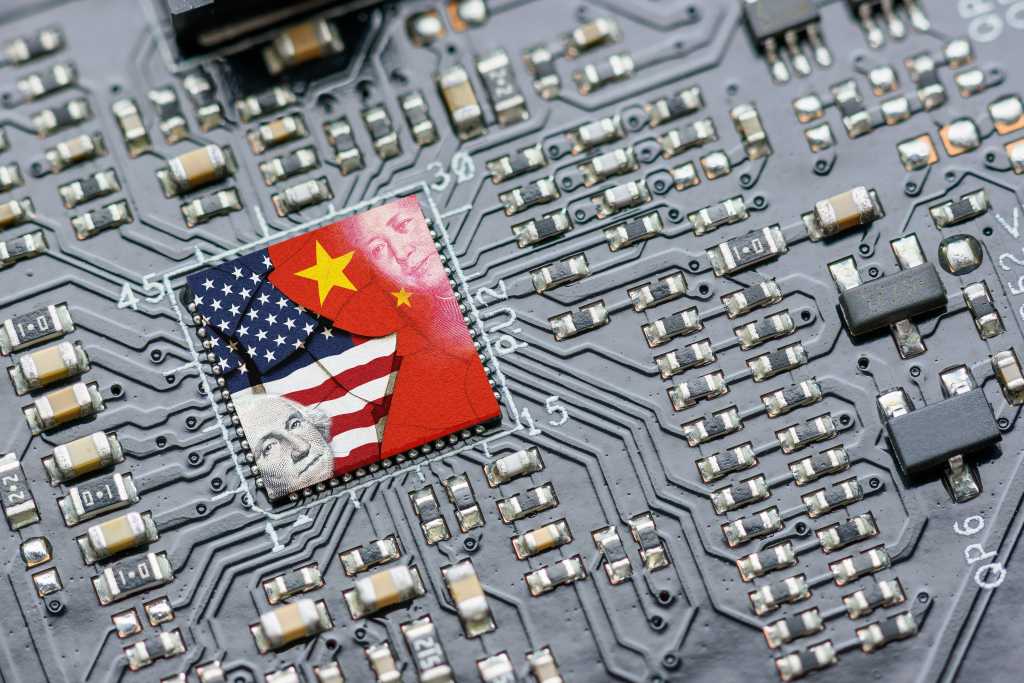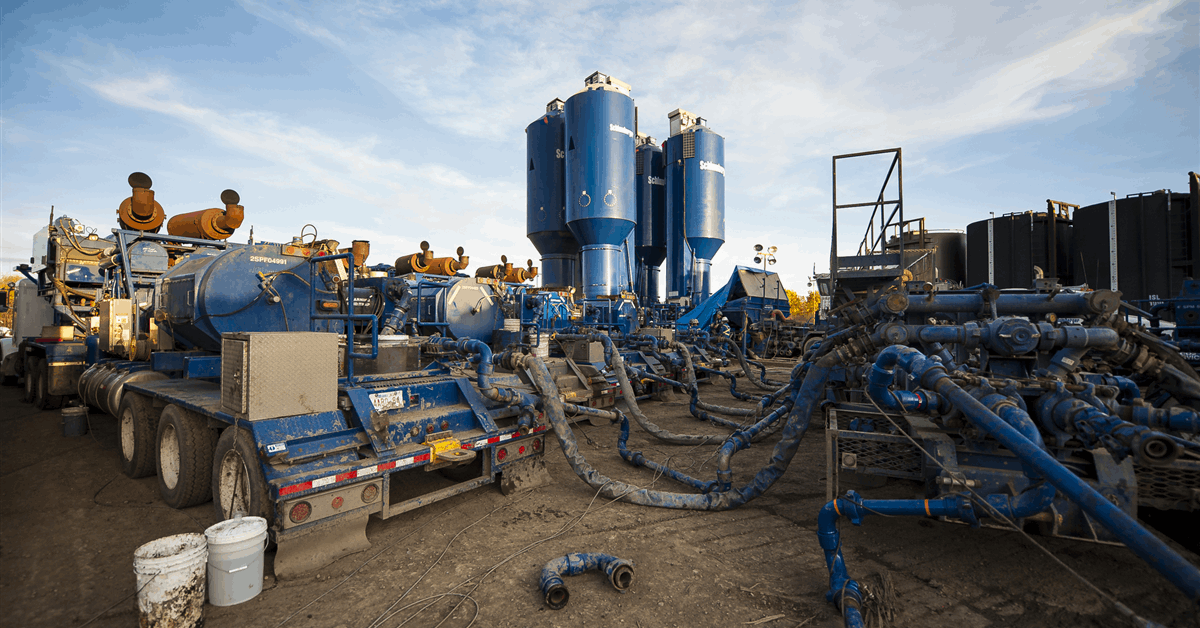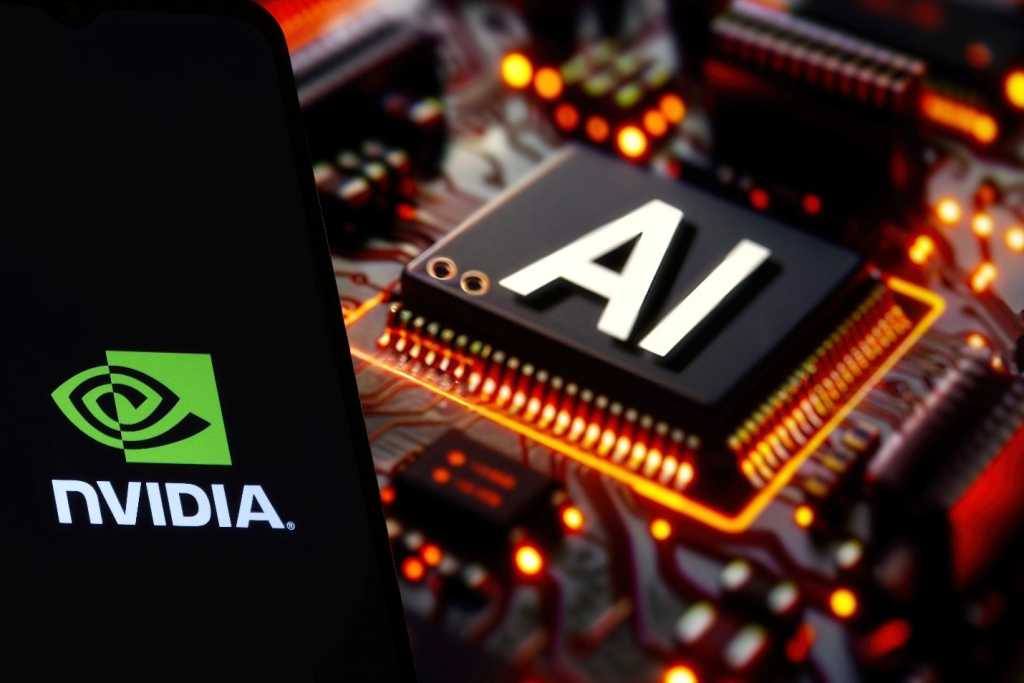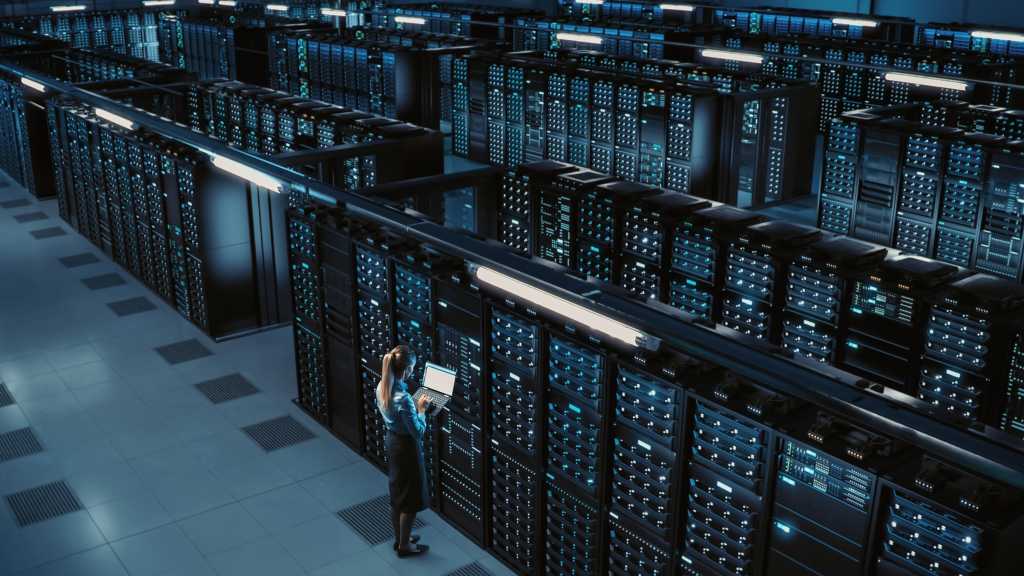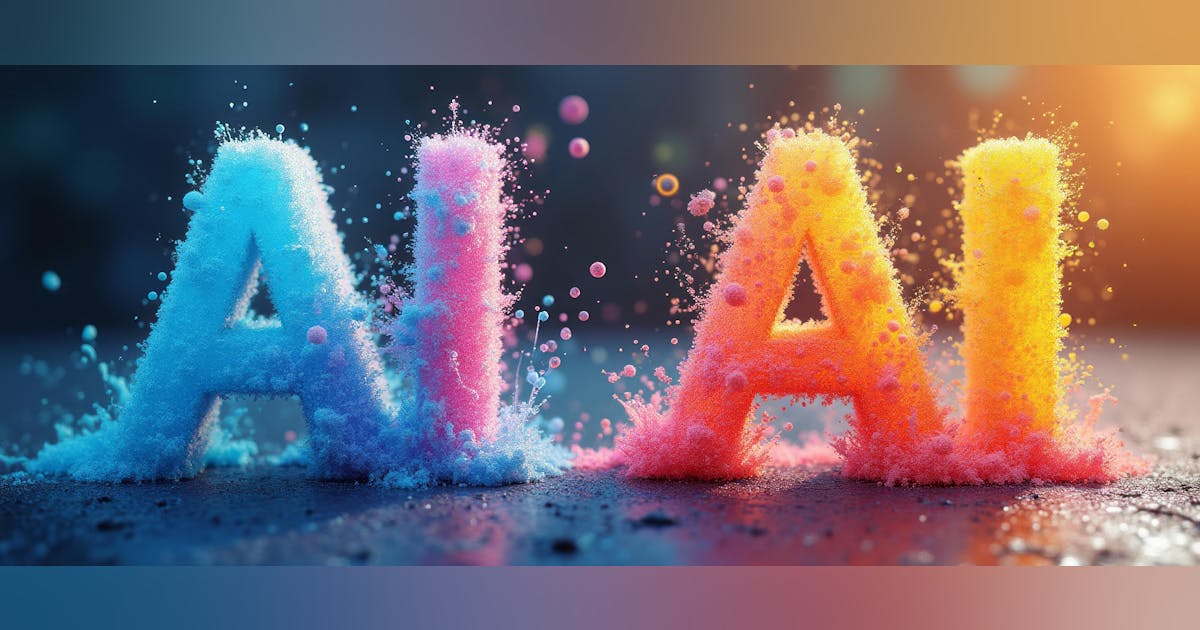
AI is being readily embraced by organizations, government, and individual enthusiasts for data aggregation, pattern recognition, data visualization, and co-creation of content. Given the headlines lately, AI is set to take over the world. And as an emerging, revolutionary technology with large potential impact and newfound user-friendliness, both large tech companies and small startups alike have raced to capitalize on potential growth. Hands down, this transformative technology has caused a wave of adoption, investment, and innovation around the world and across industries.
Naturally, when a technology or application accelerates quickly, the more risk-averse will be cautious and when it accelerates this quickly, a bubble might be forming. Even more bullish investors have ridden through too much tumult in the past few decades for their bank accounts to withstand another cataclysmic loss. More investment is pouring in (including at a federal level), stock valuations are all over the charts and not necessarily true to a ticker’s earnings, and the recent market fluctuations leave the entire ecosystem a little hesitant about buying into the hype too much.
The Nature of Bubbles and Some Potential Signals to Watch For
Economic bubbles occur when asset prices significantly exceed their intrinsic value, often fueled by speculative demand and irrational investment, leading to unsustainable market conditions. A bigger concern than just to digital infrastructure, bubbles can have far-reaching impacts on the entire market, as the initial distorted financial metrics encourage excessive lending and create systemic risk. The collapse of a bubble can trigger a chain reaction of financial distress, causing widespread economic instability and potentially leading to recessions, as seen in historical examples like the dot-com and housing bubbles.
Reasonable bubble indicators that have the market concerned include:
- Overvaluation and Lack of Profit Generation: Tech giants are heavily invested in AI despite limited returns from the associated products. Likewise, many AI startups have achieved valuations far exceeding their earnings. This discrepancy between valuation and profitability is a classic sign of a bubble.
- Hype vs. Reality: The AI hype cycle throughout the news has led to significant investments, with society torn about the potential and ethical claims regarding AI capabilities. Overstatements in the media often must be tempered with corrections in later expectation, but when hundreds of billions of dollars are at stake, it’s no small adjustment.
- Diminishing Returns: Some experts suggest that large language models (LLMs) may not be as scalable as previously thought, leading to diminishing returns on investment in these technologies.
The Dot-Com Burst Saw Precisely This Happen
The dot-com bubble emerged in the late 1990s, fueled by the rapid growth of the internet and the establishment of numerous tech startups. This period saw a surge in demand for internet-based stocks, leading to high valuations that often exceeded the companies’ intrinsic value. The NASDAQ Composite index rose dramatically, increasing by 582% from January 1995 to March 2000, only to fall by 75% from March 2000 to October 2002.
The frenzy of buying internet-based stocks was overwhelming, with many companies lacking viable business models and focusing instead on metrics like website traffic. Venture capitalists and other investors poured money into these startups, often ignoring traditional financial metrics in favor of speculative growth potential. The media played a significant role in fueling this hype, encouraging investors to overlook caution and invest in risky tech stocks.
The bubble burst when capital began to dry up, leading to a market crash. By 2002, investor losses were estimated at around $5 trillion. Many tech companies that conducted IPOs during this era declared bankruptcy or were acquired by other companies. The collapse of the dotcom bubble resulted in massive layoffs in the technology sector and served as a cautionary tale about the dangers of speculative investing and overvaluation.
The aftermath of the dotcom bubble led to a more cautious approach to investing, with a renewed focus on fundamental analysis rather than speculative hype. Despite the devastating impact, it laid the groundwork for the modern tech industry, with companies like Amazon and Google surviving and thriving to become leaders in their fields.
Growth and Profitability
While AI as a technology has been around for decades, the advent of generative AI built on neural networks resulted in the release of ChatGPT. This launched a user-friendly chatbot that could interpret and then generate responses in milli-seconds that were more than just coherent, but informative, insightful, and intuitive. The potential of AI was on display for all the world to see and users of OpenAI’s system grew to 1 million users in five days and 100 million users in 2 months, the fastest adoption of a platform the world has ever seen. They recently have reached 400 million weekly active users.
The societal adoption makes sense, but what about the business application, where there is real money to be made? Other than for the reputed college kids writing term papers, AI’s value to an organization is its ability to analyze vast amounts of disorganized data, aggregate it all, and make complex decisions from it. Key industries like healthcare, computer science, cybersecurity, logistics, manufacturing, and content creation are all leading the shift and embracing the benefits of AI technology and there is no end in sight to the innovation available.
The efficiency gains and reduced operational costs to an organization are limited only by a user’s imagination for what queries to put to the test. But speaking openly, as someone who grew up in the power distribution world, peddling equipment that made utilities and industries more efficient and reduced OpEx as our core product benefits, I can tell you this isn’t an easy value proposition to market your products on, even when it is so tangibly evident as it is with AI, and the enterprise and B2B adoption is rolling out slower than the headlines might have us believing.
Simply stated, this technology is only profitable if there are paying customers and revenue growth that follow. Serious startup capital is being spent on applications of this technology that the market may not be ready to support. This does have the markings of a crash, but whether that crash will be a true bubble will depend on the speed, reach, and broader impact of that decline.
Economic Considerations
Herd mentality plays a significant role in the adoption of AI technologies. This phenomenon involves individuals following the crowd and making decisions based on the actions of others, rather than their own beliefs or analysis. In the context of AI, herd behavior is amplified by the widespread adoption of AI tools and the fear of missing out (FOMO) on potential benefits.
AI algorithms, trained on extensive datasets, can perpetuate this mentality by replicating existing trends and strategies, making them more appealing to a broader audience. As a result, the rapid adoption of AI technologies can lead to inflated expectations and valuations, similar to what was observed during the dotcom bubble, where speculative demand drove prices far beyond their intrinsic value.
The prices of hardware necessary for AI development and deployment are being driven up by several factors, including scarcity and increased demand. The rapid growth of AI applications has led to a surge in demand for GPUs and TPUs necessary for training models. This increased demand, coupled with supply chain constraints and geopolitical tensions affecting semiconductor production, has resulted in higher prices for these critical components.
Additionally, the concentration of manufacturing in a few regions exacerbates these supply chain issues, further contributing to price increases. As AI continues to expand across industries, the strain on hardware resources is likely to persist, maintaining upward pressure on prices.
Right now, investors and data center operators, alike, are attempting to chart the viability of the many parties and the likely winners of the AI arms race, and charting those sort of outcomes always brings different economic tools such as game theory to mind, where we have many players all vying for the same opportunities. The considerations of approaching this like a game are that we can complement our decisions by modeling interdependencies, ensuring strategies that achieve the most desirable outcomes.
This mathematical framework is frequently used for understanding interactions within an ecosystem, but is much more complicated than the well-known Nash equilibrium, whereby each participant strives to maximize their outcome, and equilibrium is achieved only when all players have reached this maximum, which is interdependent on the behaviors and actions of the other players. The Prisoner’s Dilemma is the well-known classic, but as applied in this sense, other studied “games” to consider are more applicable, especially those that result in a “winner takes all” outcome.
One of the challenges, however, is that new neocloud players are joining amidst an ongoing game, making this extremely difficult to mathematically chart. Nevertheless, it can be useful framework for isolated scenario modeling of strategies, predictive analytics, and decision mapping to anticipate outcomes.
For example, many AI startup companies may be bidding for the same hyperscale AI projects. As with a Prisoner’s Dilemma, there may be a first-mover advantage, but this is actually more like a game of Chicken. The first to pull out of the competition loses the crown title, but keeps their life; the one to stay in the match (if the other pulls out) earns both; or they defeat each other through psychological tactics whereby 1) neither succeed or 2) the result is mutually assured destruction when neither gives in.
The resulting sentiment is that in this arms race, one year from now only a handful of companies will have survived.
Therefore, investment is slowing down as investors are digging deeper into the cost of the technology, the feasibility of finding customers, and the timeline to revenue. “Show me the money,” is being heard across digital infrastructure, or rather, show me the path to monetization, the business case for your unique application of the technology and prospective customer. With limited winners and an excess of losers, it is hard to see investors placing financial bets across the board; they will be much more strategically selected than we saw in the dot-com days.
Ripples in the Ecosystem
Countering the bubble fear-mongers, it must be argued that the long-term outlook of AI and the underlying technology that fosters this innovation will have a lasting-impact. From the 40,000-foot view, I can’t imagine a fundamentally revolutionary technology causing a complete market burst, while businesses and individuals have already come to rely on various AI applications as essential tools for business.
Rather than a crash, natural economic adjustment may be more likely, though it must be said that market fluctuations have had greater swings of late and may be established as a norm that day tradesmen have to account for in their strategies, while longer-term investors are willing to ride these waves out. That is, if they ever lock in on a winner they choose to financially back. Readjustments are just part of the game.
As an asset category, we need to consider the full ecosystem and consider the market corrections we’ve begun to see play out:
- Competitive Market Growth: An example of this is easily seen when we consider the DeepSeek launch recently, a Chinese product competitive to ChatGPT that supposedly boasted lower costs and energy usage. The U.S. tech index lost $1 trillion in value that day. Much of that was quickly recovered. Additionally, individual stocks may contribute to some fluctuations, but there was some concern about a burst looming, because a single announcement should never have seen the swing that resulted from this announcement. In general, we need to stop letting short-term sentiment and fear impact us to this extent and trust what we know to be true about the technology adoption. The wake-up call was heard nonetheless across the market, and we should expect to see much more reticence to large investments that present a high risk profile.
- Lease Terms: The data center market has been a bit of a seller’s market for a few years now; those with land and power need simply say the word and they could lock in 15 year lease terms. That’s changing a bit of late and as we’ve seen, some hyperscalers are even pulling back lease terms to under 10 years, some around 7-8 years. AI leases are even less secure with many neocloud startups aiming for 5-7 year lease terms. This doesn’t offer the same confidence to an investor or to a data center provider compared to a longer-term commit and let’s not forget, these cash constrained startups cannot afford to give this perception. As we learned from the real estate bubble, inability to pay the rent quite literally could become a trigger for another burst.
- Equipment Obsolescence: Another factor to consider is the high cost of investment in hardware. Ultimately with growth, price per unit will come down. Then as new models are released by the various manufacturers, the previous renditions will become obsolete, and suddenly entire generations of hardware may lose value. As long as the neocloud provider has established a decent customer base to generate revenue, or a hyperscaler has deep enough pockets to fund an equipment refresh, this is no concern. But it’s a bitter pill to swallow when it happens and is not always a blow that can be recovered from, since it hinges on the model already demonstrating success. Some question has arisen whether there will be a second-hand market for GPUs. With the investment that goes into the purchase up front, it would be a struggle to imagine that there won’t be, but a viable use case has yet to emerge; it’s simply too new to discern. It would likely be pennies on the dollar, but better than nothing. Perhaps by being repurposed for smaller outfits that lease to single-use enterprises will provide a niche market where equipment finds new utility, even if not as lucrative as the initial use.
- Equipment Failure: Beginning to be discussed openly, GPUs have a high failure rate due to component failures, memory issues, and driver problems. This unreliability can lead to costly downtime and data loss, impacting the efficiency and reliability of AI operations. As AI applications become more complex and widespread, the need for robust and reliable GPU infrastructure grows. The consequences of these failures ripple through the market, affecting not only the deployment timelines and operational costs but will also make companies more hesitant to adopt and scale their use of the technology. Moreover, the scarcity of GPUs, exacerbated by supply chain disruptions and export restrictions, further complicates the situation, pushing companies to explore alternative solutions like GPU-as-a-Service (GPUaaS) to mitigate these risks.
- Stock Valuations: Nvidia, the leading supplier of GPUs essential for training AI models, has become one of the most valuable publicly listed companies, with a valuation exceeding $3 trillion. As the gold standard for GPUs, Nvidia’s stock performance significantly influences the broader market, particularly tech-heavy indices like the S&P 500. Given its substantial market capitalization, Nvidia’s stock makes up a considerable portion of major indexes, meaning that any large market adjustment could have far-reaching effects on the entire tech sector. This concentration of market influence in a few key stocks, including Nvidia, leaves investors vulnerable unless they are well diversified. The valuation of AI-related stocks, such as OpenAI potentially reaching a $300 billion valuation despite never being profitable, raises questions about sustainability. The recent stock market surge has been largely driven by the “Magnificent Seven” companies—Alphabet, Amazon, Apple, Meta, Microsoft, Nvidia, and Tesla—which are heavily invested in AI and have collectively seen significant growth. These companies account for over half of the S&P 500’s total return in 2024, with annualized appreciation rates exceeding 20% over the past five years, and Nvidia leading with over 90% growth. The sustainability of such high valuations and growth rates is uncertain, and any correction could have profound implications for the entire market.
- Colocation Markets: The Magnificent Seven mentioned include the hyperscale market, which naturally leads the majority of AI investment, but we must consider impacts to other operators. Over the past two years, many hyperscalers paused to reevaluate their facility designs, then turned to colocation providers for extended support. We have now seen this infrastructure begin to crumble, with Microsoft cancelling leases based on concerns of oversupply and reduced capacity needs for AI. Those contracted deployments will have caused a financial loss for the colocation providers who planned to construct them. This may have been our biggest market test yet, as it eerily echoes the dot-com triggers that began the burst. The market did react and it’s unclear whether we’re out of the woods just yet. Aside from hyperscale AI deployments inside a colocation data center, neocloud companies present another viable AI tenant opportunity, but even they are all bidding for the same hyperscale contracts. When the hyperscalers get nervous, this puts the entire industry at great concern about long-term viability.

